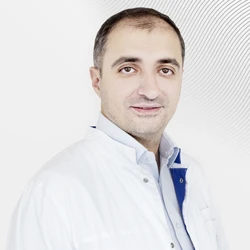The author of the article is Zinaida Bogolepova, an otorhinolaryngologist and a phoniatrician at the European Medical Center
Why does laryngeal paralysis occur?
Operations on the thyroid gland, carotid arteries, cervical spine, as well as any operations in the neck and larynx can damage the recurrent nerve. When the recurrent nerve is damaged, paresis (paralysis) of the larynx develops, as a result of which one of the folds, and sometimes both folds, become immobile. As a result, breathing disorders and problems with the voice may occur, up to complete loss of it. If the vocal fold is in the extreme peripheral position, this situation is poorly amenable to conservative and phonopedic treatment methods.
The augmentation technique comes to the rescue.
What is crease augmentation?
In other words, it's a filling. Augmentation (from Latin augmentatio – to increase, strengthen) of the vocal cords is most often performed with laryngeal paralysis.
When the damaged fold is too far from the center of the glottis (in the lateral position), the amplitude of the healthy one is usually not enough for the folds to close. Accordingly, in order to restore voice function, it is necessary that the healthy and paralyzed folds be closer to each other.
Various surgical techniques are used to solve this problem, for example, thyroplasty, when the laryngeal region is opened with external access, and implants in the form of cartilage, muscle tissue, or artificial prostheses are inserted from the side of the paralyzed fold. Their task is to move the fold to the middle of the glottis. The disadvantage of this operation is external access, in addition, the implants can often shift and migrate.
Advantages of vocal fold augmentation in EMC
During vocal fold augmentation, EMC doctors use the patient's own fat cells. The procedure is performed under general anesthesia. During the procedure, adipose tissue is inserted into the vocal fold through the oral cavity using special surgical instruments. This minimizes the traumatization of surrounding tissues and provides an excellent aesthetic effect.
Previously, Teflon paste and various gels were used as implants, but these drugs are artificial materials and can cause allergic reactions or even rejection reactions, and they have migrated quite often. At the present stage, hyaluronic acid, adipose tissue and calcium hydroxyapatites are used for augmentation.
At EMC, we use the patient's own adipose tissue, as it is hypoallergenic (does not cause allergic reactions) and gives a minimum number of side effects, as well as restores vocal function well.
In most cases, patients immediately after surgery significantly improve the sound of their voice, as a rule, shortness of breath decreases. There is no strict voice mode, you can talk after the operation.
After surgery, at the rehabilitation stage, we include phonopedic exercises, which significantly improves function, since patients suffering from laryngeal paralysis for a long time usually use incorrect phonation, i.e. not the muscles that should be included in the vocal process. Phonopedic exercises allow you to adjust the phonation process and get the maximum effect from the operation.
The augmentation method is effective in patients with long-term vocal fold paralysis. Patients suffering from vocal cord paralysis for decades can thus regain their full-fledged voice.
You can make an appointment with EMC otorhinolaryngologists by phone +7 495 933-66-55






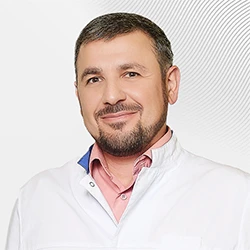

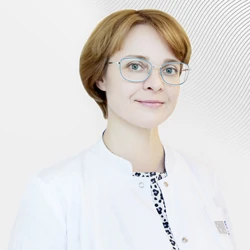
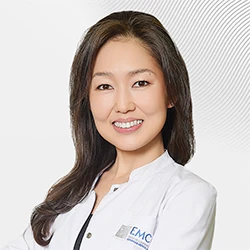
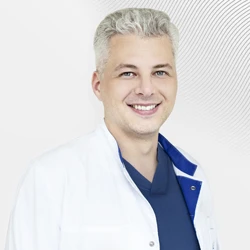

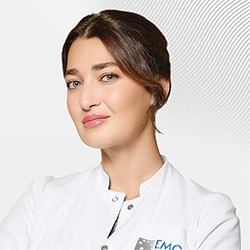
.webp)


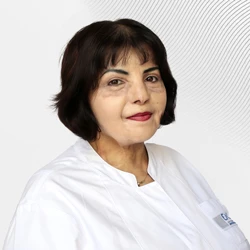
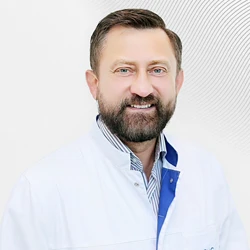
.webp)
